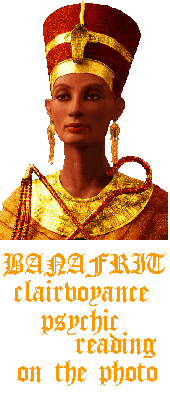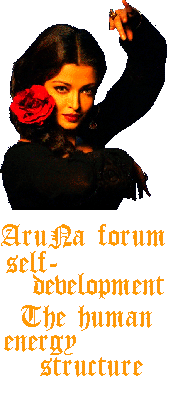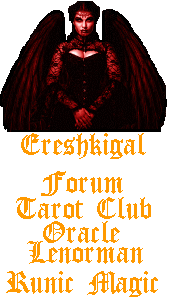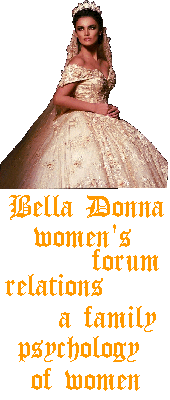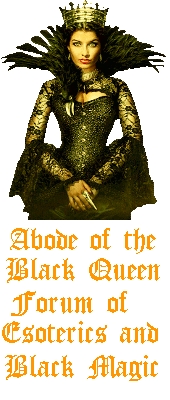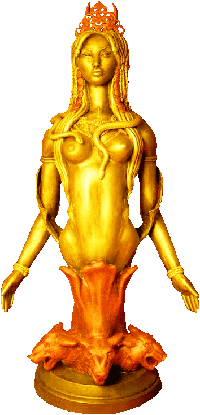Origins.
What we now know as witchcraft really begins with the Renaissance. Witchcraft has always been a mixture of beliefs, even in the ancient world. The “witchcraft” of the Hebrew Scriptures is not some dark meditation over cauldrons with wands and potions and all that, but a mixture of fertility cults, Chaldean astrology, and fringe beliefs in Judaism. By the time of the New Testament, the first Apostles seem to believe that witchcraft in the Mediterranean is a matter of spells, incantations, and the worship of Greek idols. For the East, witchcraft per se is not an issue for many centuries still – use of herbs and potions is a matter of medicinal arts, ecstatic experiences with the dead are an expression of spiritual beliefs. In the Americas – which had yet to be discovered – what we would later call Native American or First Peoples “witchcraft” and “superstition” were a matter of returning to the land, of communing with the spirits and animals of the land, of discovering oneself in relationship to the world. Witchcraft, then, across the continents, is the search for self-help within an immediate context of where you find yourself. It is a reliance on nature and the gods who dwell there and the forces that control destinies.
It is deeply and thoroughly interesting that only now, arriving terribly late the game, have religious scholars began to examine faith in relationship with land, the spirituality of place. As I will discuss here, there are a great many direct references to witchcraft in the Hebrew scriptures, but there are far more expressions of cultic behaviors towards the land, in relationships with God through the temple, and especially embodied in the temple practices that has escaped the attention of religious studies for so long – except for those “pseudo” or “false religions” defined as cults by the religious establishment and their child, academia. Whether one’s religious practices were holy or evil depended very much on which beliefs one espoused at any given moment. However, we begin to see a sharp turn against witchcraft, idolatry, and other foreign religious beliefs with the rise of the prophet Elijah who kills the priests of Baal on Mt. Carmel. It is after Elijah, really after the Davidic Dynasty of Israel, that reform towards takes place which will seek to extinguish all other religions. The prophet Ezekiel’s insistence that Israelites “return” to God through temple practices is part of a retroactive updating of the Torah (see Exodus 22:18 and Leviticus 20:27, for example) that will exclude witchcraft from the origins of the Israelite people. Ezekiel, like Elijah, took the position that witchcraft was a corrupting agent for the pure, unique religion of the Israelite peoples. The history of witchcraft must be restricted in some sense and we we will begin with Modern witchcraft and not with ancient practices, but to see what it was that the Reformers and Puritans rejected and why they took such a radical position against witchcraft in the Americas, we must do due diligence by putting the Christian attitude of the past towards early Modern witchcraft into context since our knowledge of witchcraft is so often a chiaroscuro of Judeo-Christian beliefs.
The revisions of the Law of Moses and primary history of the Jewish people took place roughly around the 6th Century, B.C.E. (600 years before Jesus and his followers) most likely by a team of writers influenced by Ezekiel during the Babylonian exile. It’s hard to pin down the dates and revisions because – as should be obvious – the exile of the Israelite people was a pretty confusing time. Some were left in Israel, some went to Babylon, others were scattered through slavery. Anchoring themselves in their history and trying to understand how their people were carried into slavery once again was a traumatic experience, and Ezekiel, a priest until the temple was destroyed by invaders, was a leading voice in pointing the finger directly at the Israelite people. It was because they had compromised their religion and forsaken God that they were now abandoned by God. Part of the reform being proposed by Ezekiel and his contemporaries, supposedly other priests, was the eradication of all forms of foreign religion and food practices. This was not, it seems, a sudden proposal. Other figures in the Hebrew scripture, namely the political advisor and visionary Daniel, takes a strong position against the food practices and diet of the Babylonians whose success he has been charged with. It seems that the prophets of the Babylonian period were okay with supporting Babylonian captivity in this way – by accepting that their captors were not seeking their eradication or preventing their worship like Egypt had done, but that their remains a better destiny for the Jewish people that can only be achieved by rooting out everything that dilutes their ethnic identity as Israelites. This attitude of elitism and suppression of “foreign” religious practices continues primarily because of the revisions of the writers who, together with Ezekiel, revise the Hebrew canon and subsequently influenced Rabbinical Judaism and Christianity. Like most good ideas, what begins as a workable idea (“we need to work on ourselves and be better”) becomes, in the minds and lives of later generations, hostile and damaging. Translation of the word “witch” in Hebrew, kashaph, means “to whisper” or, in light of the Torah revisions, “one who whispers a spell.” This is important to note because the Hebrew scriptures are one of the first places where a connection is made to spells and incantations. Indeed, from the Babylonian period forward we begin to see repetition and demands placed upon the gods through repetition as an incantation. Written down, the incantations become charms – mainly imprinted on medallions, bracelets, etc. to ward off evil or to serve as a warning to lesser deities that the wearer is under the protection of a strong deity. Judaism and Christianity, rejecting such superstition, do not altogether do away with a supernatural worldview but translate these beliefs into a cosmology of angels (stronger deities), demons (the lesser deities) and the creating god, God, who oversees these forces. We do not yet have a dualist cosmology of “good” and “evil”, though there are certainly hints to this effect in the way this cosmology is presented.
What I am putting forward, more than anything, is not a summarial condemnation of witchcraft through Scripture but more or less indicating that what we know of witchcraft from scripture as a historical source is speculative, apophatic or known by obvious gaps. As Katherine Howe puts it in The Penguin Book of Witches (2014), for all of the cultural assumptions we might have about how the Bible addresses witchcraft, scripture is “strangely quiet about witchcraft.” Our assumptions come more from the literature of the Puritan period than the Bible which only
confirms that witches exist, but most of the telltale details – the identifying characteristics that set a witch apart from a run-of-the-mill person and the powers that a witch is supposed to have – do not appear.
In fact, witches, as a category of their own, rather than as wizards or sorcerers, are mentioned fewer than a dozen times in the [Bible]. The first appearance comes early, in Exodus 22:18, “Thou shalt not suffer a witch to live.” This command forms the justification for capital punishment of witches, but it appears without any illumination or commentary, wedged between a guideline about dowry payment and a prohibition against beastiality. Witches are declared not allowed, and yet all of Exodus 22 remains silent on the definition of what or who a witch is, or on what activities might constitute witchcraft. Even a witch’s gender is… undefined.
A bit more detail emerges in the next mention, in Deuteronomy 18:10-12
There shall not be found among you any one that maketh his son or his daughter to pass through the fire, or that useth divination, or an observer of times, or an enchanter, or a witch. Or a charmer, or a consulter with familiar spirits, or a wizard, or a necromancer. For all that do these things are an abomination unto the Lord: and because of these abominations the Lord thy God doth drive them out from before thee.
This passage appears as part of the advice to the tribe of Levi, so that their priests will not pick up any of the unsanctioned religious practices that they will encounter in the lands to which God will send them.
The story of Moses’ nephews, Nadab and Abihu, offering “strange fire before the Lord” could potentially be read as priests incorporating these foreign practices or “witchcraft” at the altar of God, a provision not yet established by the time of the Commandments, though fresh in the minds of those to whom the Law was given. That is, the prohibitions against witchcraft amongst the Levites or “priestly tribe” may very well have come about because of Nadab and Abihu’s offering. Howe continues:
Deuteronomy places witches in a context with other deviant forms of religion: “necromancers” who attempt to practice magic, astrologers, and diviners who claim to see the future.
The principal dangers of witchcraft in this context are twofold: first, witchcraft as a practice stands outside the sanctioned religious structure. Witchcraft is that which we, the chosen tribe of God, ought not to do. Defining witchcraft as a negative quality (that which we do not do) rather than by a set of affirmative qualities (divining, say, which is a concrete activity), Deuteronomy opens the possibility of a language to describe witchcraft that can be molded to suit any number of witch-hunters working within different contexts, and toward different goals. In this passage the signal quality of witchcraft is difference, specifically difference from those who hold religious power.
Deuteronomy does supply a few details about witch-like behavior that would be important in early modern Accusations against suspected witches, in particular the mention of “familiar spirits.” This obscure signifier will eventually morph into the Hollywood witch’s black cat, but the idea of familiar spirits will come to play a substantial role in the thinking about, and prosecution of, early modern witchcraft in Europe and North America.
The proscription against witchcraft in Deuteronomy reappears in the story of Manasseh in 2 Chronicles 33:6
And he caused his children to pass through the fire in the valley of the son of Hinnom: also he observed times, and used enchantments, and used witchcraft, and dealt with a familiar spirit, and with wizards: he wrought much evil in the sight of the Lord, to provoke him to anger.
Manasseh makes himself worse than the heathens, for in theory he ought to know better than to question the practices that God has set forth for him. Fortunately Manasseh, in the course of his affliction, humbled himself before God and saw the error of his ways. Witchcraft in this context appears as more a question of adherence or rejection of orthodoxy rather than as a specific set of deviant practices. The degree of God’s disapproval becomes clarified, including what is truly at risk for a person practicing witchcraft, and yet we still have only the vaguest sense of what a “witch” really is.
If the Bible could not provide clarity on how to identify a witch, and how to deal with her once identified, academic theologians appointed themselves equal to the task. By the early modern period in England, the religious and intellectual landscape that would predominate in initial waves of North American settlement, there was no shortage of theologians willing to do just that. (3-5)
Apart from the Judeo-Christian tradition, fringe beliefs and practices continued in various forms. In diverse ways, superstitious beliefs were transformed depending on region and local economy. For Europe. the witches became at times summoners, commanders, brides, and servants of supernatural forces. For the Middle East, witches become legitimized to some extent through the extensive research of Islamic philosophy as it expanded and, like the Romans before them, absorbed the cultures they conquered. As the expansion of Islam gives sharp rise to historical, philosophical and especially scientific and mathematical progress, the supernatural becomes increasingly relegated to the ignorant nomads with their djinnis and prophetic visions of Allah. In these “primitive” countries and those of the Asiatic Rim, witchcraft remained a constant part of society, regarded for their medicinal wisdom, apothecary arts, and intercession with the gods and divine forces of the earth.
St. Augustine of Hippo had argued in 420 A.D. that since God alone could suspend the laws of the universe, it was an impossibility that Satan, witches, or any other agent could use magic to subvert the order God had established. In effect, he was arguing that witchcraft and superstitious beliefs were an impossibility in the ordered world God had made. It was, Augustine felt, an “error of pagans” to believe in “some other divine power than the one God.” It is reasonable to believe then that the Christian Church cared little for tracking down, exterminating, or even investigating such matters and so “witchcraft” disappears until roughly the Medieval period, though it is decidedly in the Western, now predominantly Catholic, countries that fragmented after the fall of Rome into respective nation-states where witches remained a force of social corruption. It is believable that Augustine, like the Islamic progressives, saw the wisdom in universal social advancement over and against of localized folk beliefs. His statement serves, for better or worse, lay a foundation for all subsequent anti-witch activity because Augustine casts witchcraft as a “pagan” belief in “divine power(s other) than the one God.” Those outside the Church, pagans, were for all intents and purposes witches and witches, according to scripture, were afforded the humanity and dignity of the people of God.
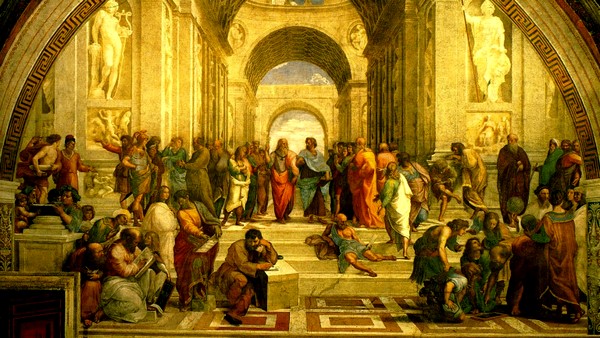



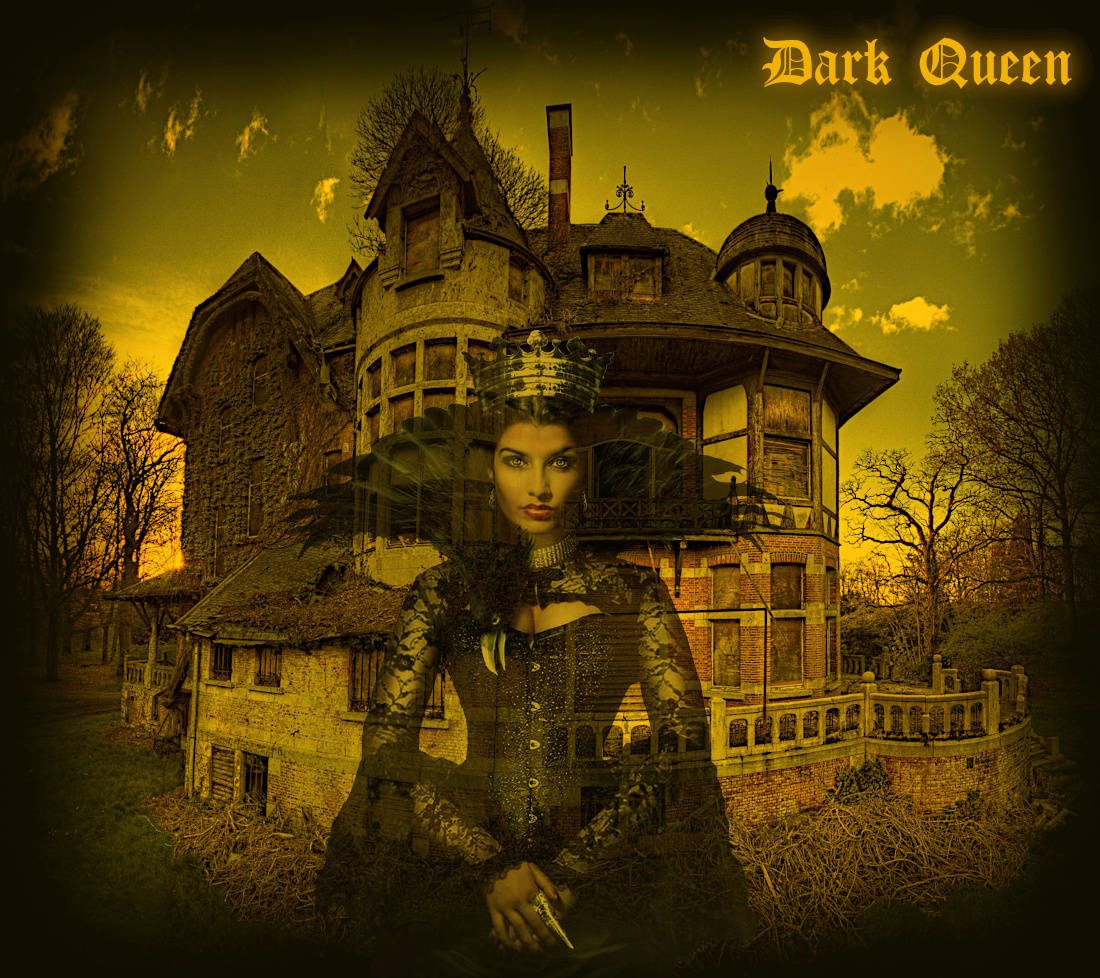







 Wed 28 Jul 2021 - 8:20 by Jexxston
Wed 28 Jul 2021 - 8:20 by Jexxston